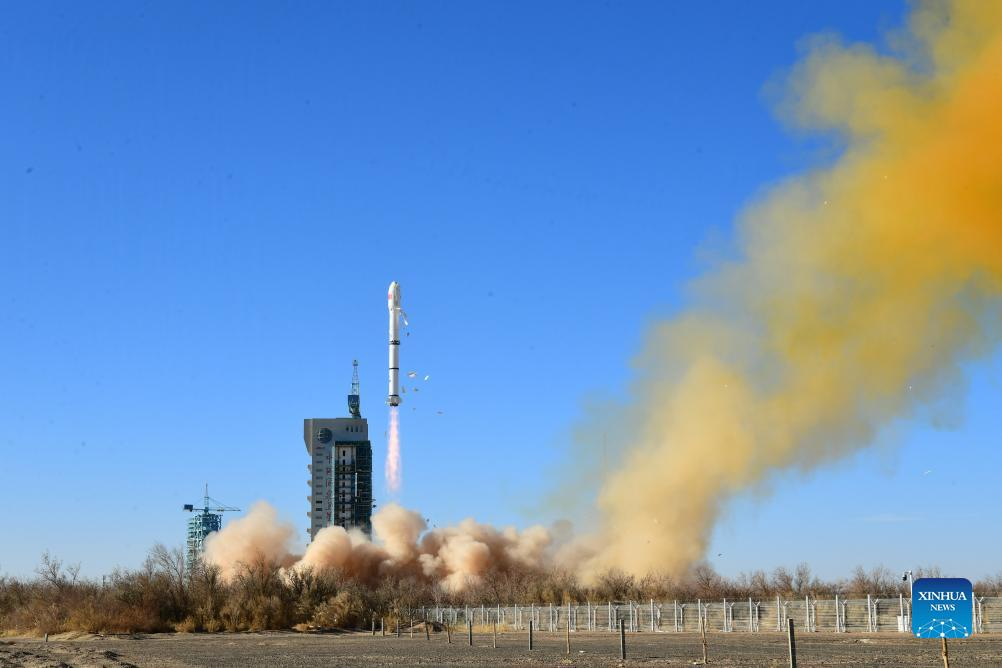In a news report by Xinhua, China has launched Egypt’s remote sensing satellite, MisrSat-2, from the Jiuquan Satellite Launch Center in Northwest China onboard the Long March-2C carrier rocket. With a 2-meter panchromatic and an 8-meter multispectral resolution, the EO satellite will be utilised by Egypt to advance the country’s land and resource management, water conservancy, agricultural productivity and coastal change monitoring.
According to the Chief Executive Officer of the Egyptian Space Agency, Dr Sherif Sedky, “With MisrSat-2’s launch, we can monitor urban development, determine the changes of the water level in the river, determine the distribution of the crops across the country, which means we can build applications based on the satellite images and also serve Africa. The resolution of this satellite is very high compared to the previous civilian satellites that we have, so having the 2-meter resolution will serve a broader sector of interests for different governmental entities and the different users of the satellite images’’.
MisrSat-2 satellite is a technology transfer project between the Egyptian Space Agency and the Chinese government that provides Egyptian engineers and scientists with an opportunity to acquire on-the-project experience in satellite design and integration using facilities available in Egypt. The collaboration has significantly enhanced Egypt’s capabilities in satellite research, development, measurement, and control, positioning the country as a leading force in aerospace in Africa.

“The knowledge transfer we have gained from the Chinese is significant, and we greatly appreciate it. This project was very successful and a great capacity-building experience for us. We consider this project the start of the collaboration with China and look forward to deepening this partnership. Building upon the experience from MisrSat 2 and the AIT centre, we aim to deepen knowledge transfer and expand our work on satellite models. These aspirations define our plans, and we intend to engage in discussions with our Chinese counterparts to sustain this collaborative effort for the mutual benefit of both China and Egypt,” commented Dr Sedky.
Earlier in May, the satellite underwent an initial phase of the testing process completed under the supervision of the China National Space Agency’s (CSNA) Earth Observation and Data Centre team. The satellite is set to undergo a three-month orbital testing phase before its operation is handed over to the Egyptian Space Agency.
The MisrSat-2 project, delayed in 2022, represents the agreement to provide Egyptian engineers and scientists the opportunity to acquire on-the-project experience in satellite design and integration using facilities available in Egypt. In addition, upon completing the MisrSat-2 project, Egypt will become the first country in Africa and the Arab region to have satellite assembly and testing capabilities, significantly promoting industrial growth in the country.
Credit: Space in Africa



